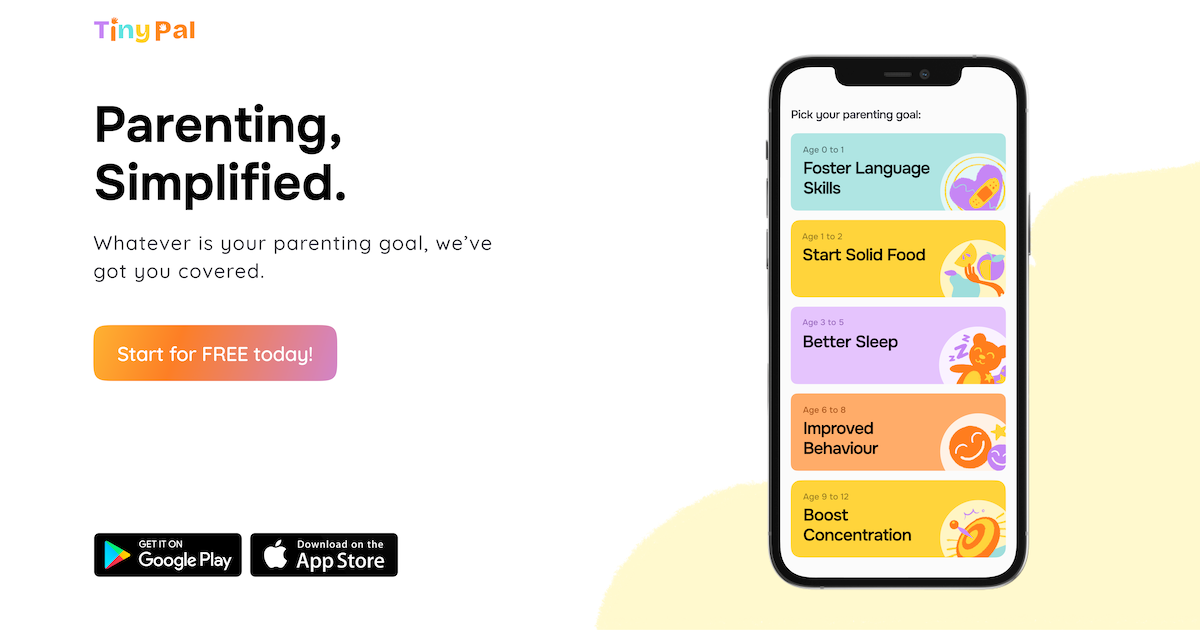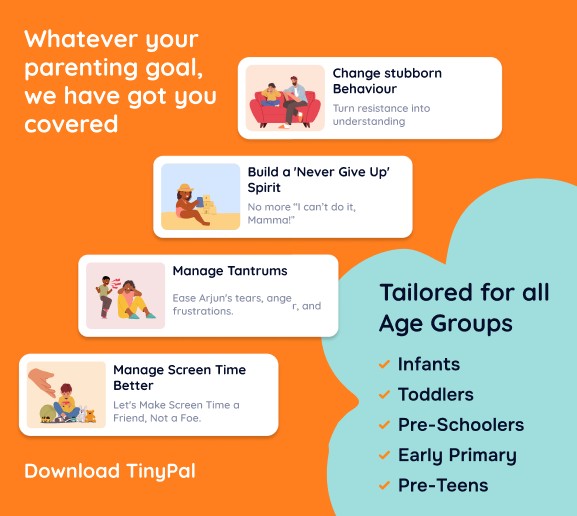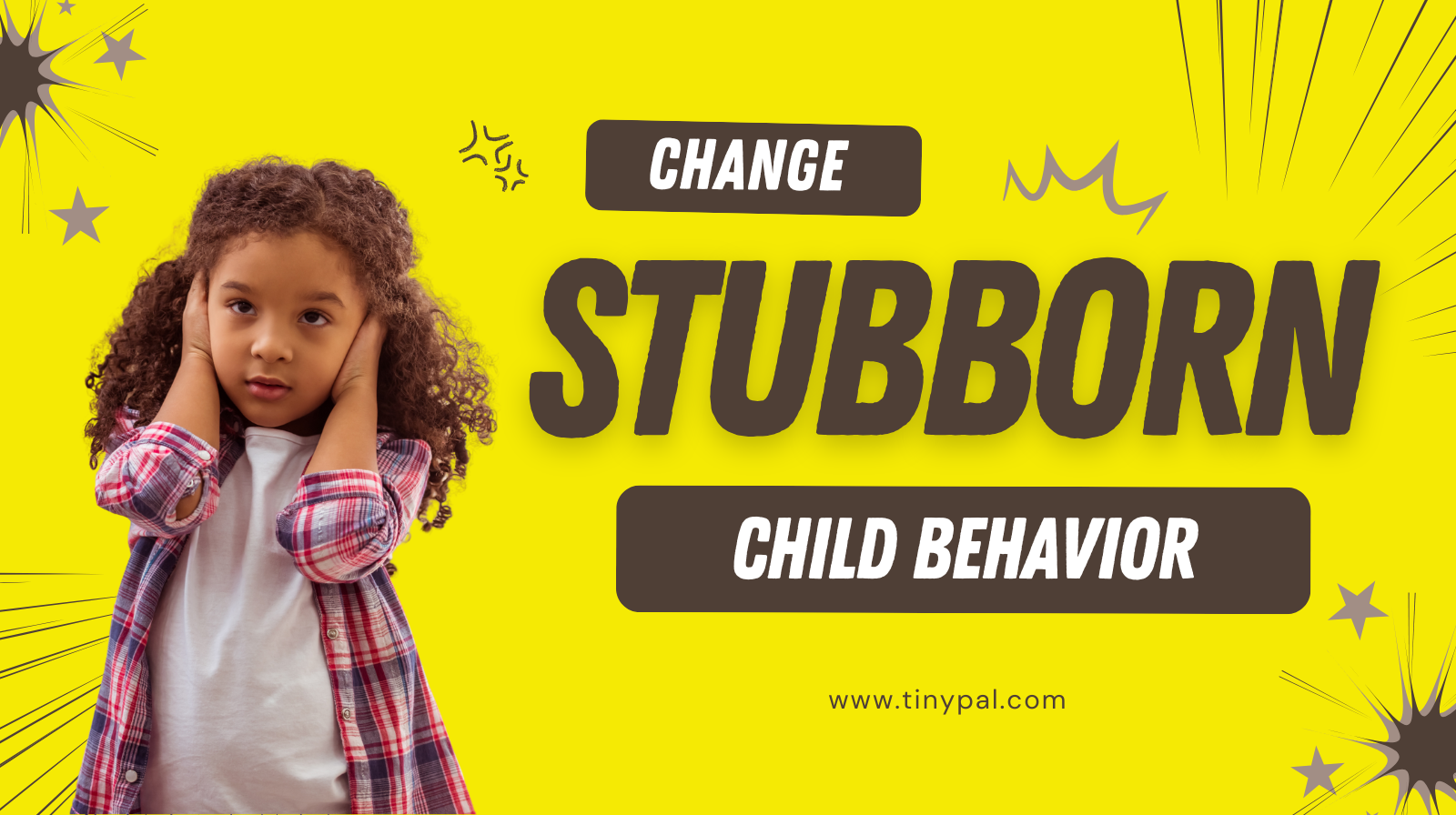Table of Contents
How to Change Stubborn Child Behavior: A 2025 Parenting Guide
“Put on your shoes.”
“No.”
“Please put them on.”
“Nope.”
“We’re already late, put on your shoes NOW.”
“No, no, NO.”
Ten minutes later, your child is still barefoot in the living room, arms crossed, eyes locked — and you’re stuck in a silent showdown that feels endless.
If this sounds familiar, you’re not alone. As a child development expert (and a parent myself), I know this dance all too well. Stubborn kids stand firm, refuse to back down, and test every ounce of patience you have.
But here’s the truth: stubborn kids aren’t “badly behaved.” What we often call stubbornness is actually strong will in disguise — a form of determination that, when guided correctly, becomes one of their greatest strengths.

In this guide, we’ll cover:
- Why stubbornness happens in children
- Proven strategies to handle stubborn behavior at home
- Tips to manage toddler tantrums in public
- Positive discipline methods for long-term success
- How screen time can influence stubborn behavior
- When to seek professional help
👉 For personalized parenting guidance designed by child psychologists, try the TinyPal Parenting App — a step-by-step resource for turning daily battles into cooperation.
Why Does Stubbornness Happen?
Children don’t wake up thinking, “How can I drive Mom and Dad crazy today?” (even if it feels like it sometimes). Stubborn behavior usually shows up because:
- They want independence: “I will do it my way” is code for “I’m growing.”
- They’re testing boundaries: Kids push back just to see how far the line moves.
- They crave attention: Even tantrums guarantee they have your eyes on them.
- They feel powerless: Saying “no” is often the only control they think they have.
In short, stubbornness is less about defiance and more about children learning how much power they actually hold.
How to Handle a Stubborn Child Without Losing Your Cool
Over years of working with families, I’ve seen one pattern again and again: children push back hardest when they feel powerless, unheard, or rushed. The good news? A few small shifts can flip the script.
1. Offer Choices, Not Commands
Instead of: “Eat your vegetables!”
Try: “Would you like carrots or peas first?”
Choices give kids a sense of control within boundaries — and avoid battles altogether.
2. Stay Calm, Even When Tested
Children rise to the energy around them. If you escalate, they escalate. Your calm composure becomes their roadmap for self-regulation.
3. Let Routines Carry the Weight
When daily tasks are predictable — bedtime, school prep, meals — they become rhythm, not negotiation. Consistent routines lower resistance.
4. Acknowledge Feelings First
Say: “I know you’re upset because you wanted more playtime.”
Validation lowers defenses and opens space for cooperation.
5. Use Positive Reinforcement
Notice good behavior: “You shared your toy so nicely — thank you.” Encouragement motivates children far better than punishment.

Tips to Handle Toddler Tantrums in Public
A supermarket meltdown or a restaurant standoff can leave parents feeling helpless (and embarrassed). Here’s how to handle tantrums with confidence:
- Anticipate Triggers: Carry snacks, water, or a toy to prevent hunger or boredom meltdowns.
- Stay Calm Under Pressure: Whispering often calms a child faster than raising your voice.
- Move to a Quieter Space: Removing stimulation helps the child reset.
- Ignore the Audience: Your focus should be your child, not bystanders.
- Use your Body: Offer a hug or your hand as a way for your child to calm down. Your comforting demeanour helps their brain switch from chaos to quiet.
👉 Pro Tip: The TinyPal Parenting App includes real-time “tantrum calming tools” .
Positive Discipline: Guiding Without Punishment
Punishment often makes stubbornness worse. Positive discipline works because it teaches instead of punishes.
- Redirect Energy: Suggest a new activity when frustration builds.
- Set Natural Consequences: If toys are thrown, playtime pauses.
- Problem-Solve Together: Ask, “What can we do to make homework time easier?”
- Stay Consistent: Inconsistency confuses children and fuels resistance.
Research from the American Academy of Pediatrics shows positive discipline improves cooperation and emotional regulation better than harsh punishments.
How Screen Time Affects Stubborn Behavior
Stubbornness can intensify with too much screen time. Studies reveal:
- More than 2 hours/day increases irritability in toddlers.
- Screens before bedtime worsen tantrums.
- Overuse reduces attention span and patience.
How to Balance Screen Time
- Follow age-based guidelines (AAP: <1 hour daily for ages 2–5).
- Create a family media plan with limits.
- Replace screens with physical play and bonding activities.
- Use parental control apps to set limits.
TinyPal helps parents track and manage screen time with age-based recommendations and healthy activity suggestions.

When to Seek Help
Most stubbornness is normal. But you may need professional support if your child:
- Shows aggression regularly
- Has prolonged daily tantrums
- Struggles with friendships or school behavior
A pediatrician or child psychologist can provide strategies tailored to your child.
The Bigger Picture
Here’s the thing: the stubbornness that frustrates you today is the same grit that can help your child thrive tomorrow. The goal isn’t to break their will — it’s to guide it with patience and the right tools.
And because every child’s “stubborn streak” looks different, there’s no one-size-fits-all solution. That’s where TinyPal comes in.
👉 Download the TinyPal Parenting App to access:
- Expert-backed strategies for stubborn behavior
- Personalized guidance tailored to your child’s personality
- Step-by-step support to turn daily arguments into cooperation
When you guide stubbornness the right way, peace returns at home — and your child’s determination becomes their greatest strength.
FAQs
Q1. How do I discipline a stubborn child without yelling?
Stay calm, set boundaries, and use natural consequences. Yelling usually increases resistance.
Q2. What is the best way to handle toddler tantrums in public?
Stay calm, move to a quieter space, and use distraction techniques.
Q3. Can screen time increase stubbornness?
Yes. Too much screen time often leads to irritability and defiance.
Q4. How can I prevent tantrums before bedtime?
Establish a predictable bedtime routine with calm activities and no screens.
Q5. Is being stubborn a bad trait?
No. Stubbornness is determination with the right guidance, it becomes persistence and resilience.


1 thought on “How to Change Stubborn Child Behavior”